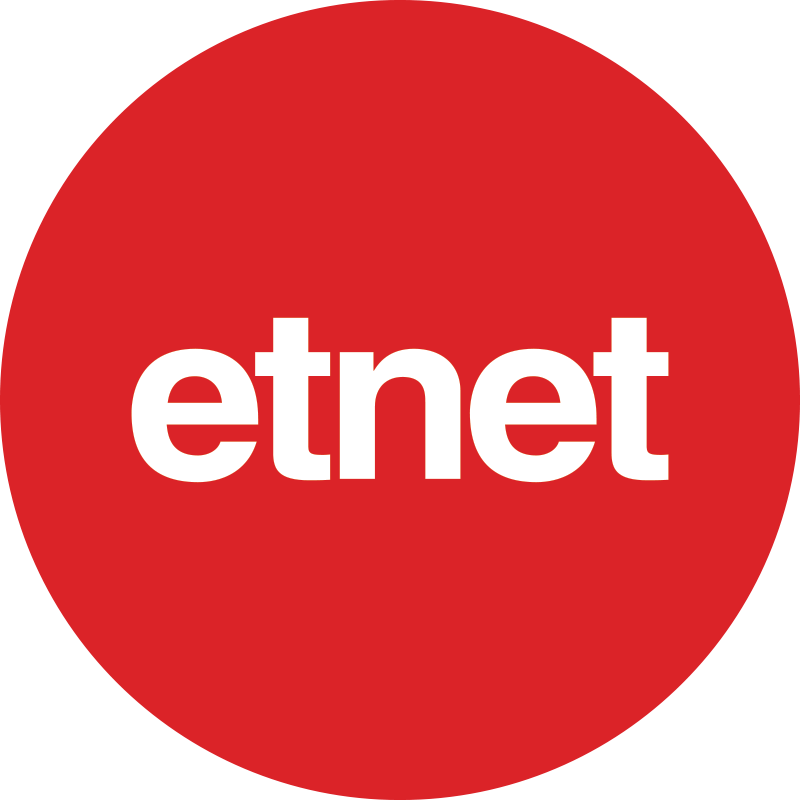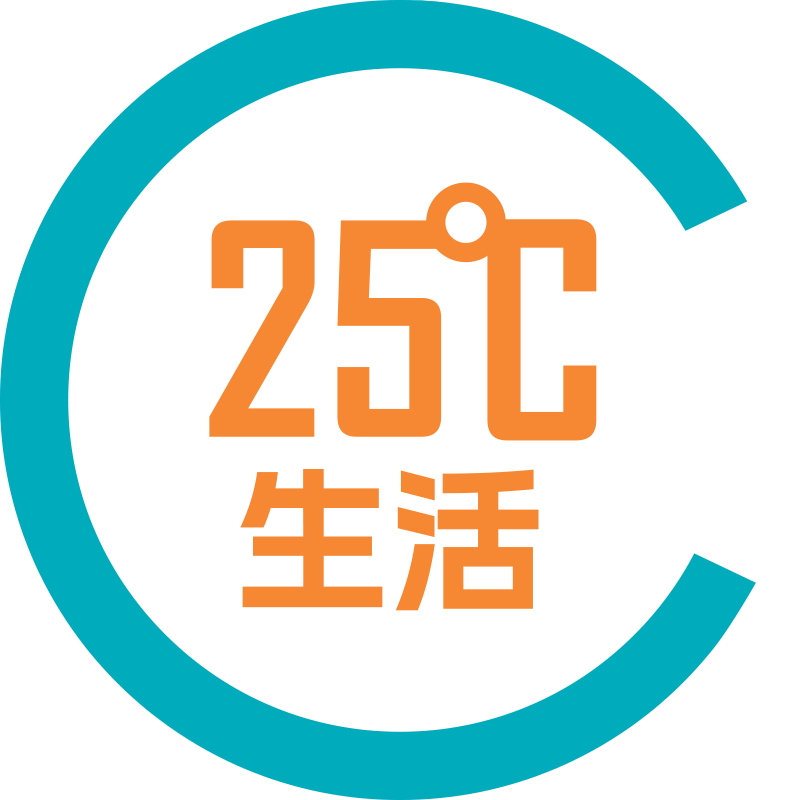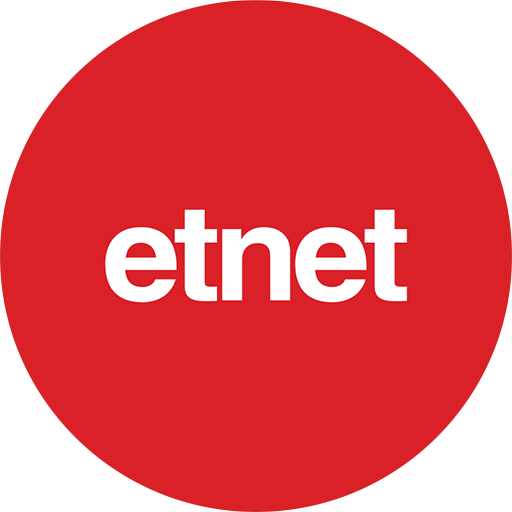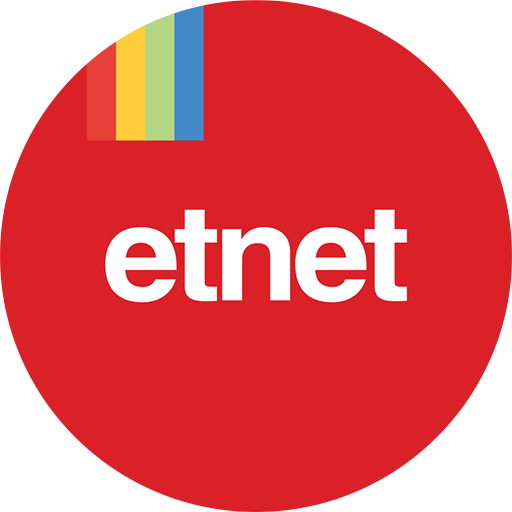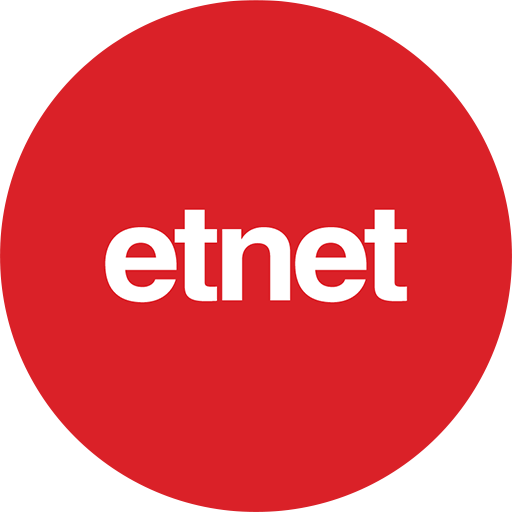 |
ROCKVILLE, Md. and SUZHOU, China, Nov. 6, 2024 /PRNewswire/ -- Ascentage Pharma (6855.HK), a global biopharmaceutical company engaged in discovering, developing, and commercializing therapies to address global unmet medical needs primarily for malignancies, today announced that multiple studies of its novel investigational drug candidate, olverembatinib (HQP1351), have been selected for presentations, including an Oral Report, at the 66th American Society of Hematology (ASH) Annual Meeting. This is the seventh consecutive year in which clinical data on olverembatinib have been selected for Oral Reports at the meeting, an achievement reflecting the strong recognition of olverembatinib's safety and efficacy profile by the international hematology community. This year, results from multiple clinical and preclinical studies on four of the company's investigational drug candidates (olverembatinib, lisaftoclax, APG-2449, and APG-5918) have been selected for presentations, including two Oral Reports, at the ASH Annual Meeting.
Developed by Ascentage Pharma, olverembatinib is the first China-approved third-generation BCR:ABL1 inhibitor, currently being jointly commercialized in China by Ascentage Pharma and Innovent Biologics. At this year's ASH Annual Meeting, Ascentage Pharma will present an Oral Report featuring the latest clinical data of olverembatinib in the second-line treatment of patients with chronic-phase chronic myeloid leukemia (CP-CML), from a study led by Prof. Weiming Li, the principal investigator from Wuhan Union Hospital. Furthermore, updated data from a global multicenter study of olverembatinib and an investigational clinical study of olverembatinib in combination lisaftoclax (APG-2575), another one of Ascentage Pharma's lead drug candidates in investigation, in children with relapsed/refractory Philadelphia chromosome–positive acute lymphoblastic leukemia (R/R Ph+ ALL) will also be released in Poster Presentations at the meeting.
The ASH Annual Meeting is one of the largest gatherings of the international hematology community, aggregating the latest scientific research on the pathogenesis and clinical treatment of hematologic diseases. The 66th ASH Annual Meeting will take place on December 7-10, 2024, local time, both online and in-person in San Diego, CA (United States).
"For seven years in a row, clinical data of olverembatinib have been selected by the ASH Annual Meeting, setting another record in the number of consecutive years the drug is featured in Oral Reports at the meeting," said Dr. Yifan Zhai, Chief Medical Officer of Ascentage Pharma. "This reflects the strong recognition of the drug's therapeutic potential by the international hematology community. Furthermore, multiple studies of four of our investigational drug candidates have been selected for presentations at the meeting this year, underscoring Ascentage Pharma's robust capabilities in global innovation and investigational clinical development. We are eager to share detailed data at the event. Moving forward, we will continue to accelerate our clinical development programs in efforts to bring more treatment options to patients as soon as possible."
An overview of presentations featuring Ascentage Pharma's drug candidates at ASH 2024:
Format | Drug Candidate | Abstract title | Abstract# |
Oral Presentation | Olverembatinib (HQP1351) | Olverembatinib as Second-Line (2L) Therapy in Patients (pts) with Chronic Phase-Chronic Myeloid Leukemia (CP-CML) | 480 |
Lisaftoclax (APG-2575) | Lisaftoclax (APG-2575) Combined with Novel Therapeutic Regimens in Patients (pts) with Relapsed or Refractory Multiple Myeloma (R/R MM) or Immunoglobulin Light-Chain (AL) Amyloidosis | 1022 | |
Poster Presentation | Olverembatinib (HQP1351) | Olverembatinib (HQP1351) Overcomes Resistance/Intolerance to Asciminib and Ponatinib in Patients (pts) with Heavily Pretreated Chronic-Phase Chronic Myeloid Leukemia (CP CML): A 1.5-Year Follow-up Update with Comprehensive Exposure-Response (E-R) Analyses | 3151 |
Lisaftoclax (APG-2575) | Lisaftoclax (APG-2575) Demonstrates Activity and Safety When Given with Accelerated Ramp-up and then Combined with Acalabrutinib or Rituximab in Patients (pts) with Chronic Lymphocytic Leukemia/Small Lymphocytic Lymphoma (CLL/SLL), Including Those with Prior Exposure to Venetoclax | 4614 | |
Lisaftoclax (APG-2575) | Lisaftoclax (APG-2575), a Novel BCL-2 Inhibitor, in Combination with Azacitidine in Treatment of Patients with Myelodysplastic Syndrome (MDS) | 3202 | |
Olverembatinib + Lisaftoclax | Safety and Efficacy of Olverembatinib (HQP1351) Combined with Lisaftoclax (APG-2575) in Children and Adolescents with Relapsed/Refractory Philadelphia Chromosome–Positive Acute Lymphoblastic Leukemia (R/R Ph+ ALL): First Report from a Phase 1 Study | 1443 | |
Olverembatinib (HQP1351) | A Phase 2 Study of Olverembatinib for the Treatment of Myeloid/Lymphoid Neoplasms with FGFR1 Rearrangement | 1781 | |
Olverembatinib (HQP1351) | Olverembatinib 30 Mg Versus 40 Mg Every Other Day (QOD) in Patients with Tyrosine Kinase Inhibitor (TKI) Resistant or Intolerant Chronic-Phase Chronic Myeloid Leukemia (CML-CP): A Multi-Center Propensity Score-Matched Analysis | 4529 | |
Olverembatinib (HQP1351) | Combination of Olverembatinib and VP Regimen for Newly Diagnosed Adult Philadelphia Chromosome-Positive Acute Lymphoblastic Leukemia | 1449 | |
Olverembatinib (HQP1351) | Olverembatinib-Therapy in Patients with Accelerated-Phase Chronic Myeloid Leukaemia: A Multi-Centre Retrospective Study from China | 1767 | |
Olverembatinib (HQP1351) | Olverembatinib-Based Therapy in Patients with Philadelphia Chromosome-Positive Acute Leukemia: A Multi-Centre Retrospective Study from China | 4528 | |
Lisaftoclax + APG-2449 | APG-2449, a Novel Focal Adhesion Kinase (FAK) Inhibitor, Exhibits Antileukemic Activity and Enhances Lisaftoclax (APG-2575)-Induced Apoptosis in Acute Myeloid Leukemia (AML) | 4150 | |
APG-5918 | Embryonic Ectoderm Development (EED) Inhibitor APG-5918 Demonstrates Robust Antitumor Activity in Preclinical Models of T-Cell Lymphomas (TCLs) | 1415 | |
Abstract only | Olverembatinib + Lisaftoclax | Olverembatinib (HQP1351) in Combination with Lisaftoclax Overcomes Venetoclax Resistance in Preclinical Model of Acute Myeloid Leukemia (AML) | 5777 |
Major study abstracts on olverembatinib selected for presentations at the 2024 ASH Annual Meeting are as follows: (for details on the abstracts featuring lisaftoclax, please refer to a separate press release published at the same time)
Oral Presentation
Olverembatinib as Second-Line (2L) Therapy in Patients (pts) with Chronic Phase-Chronic Myeloid Leukemia (CP-CML)
Format: Oral Presentation
Abstract#: 480
Session: 632. Chronic Myeloid Leukemia: Novel Molecules in Clinical Practice
Time: Sunday, December 8, 2024; 9:30 AM - 11:00 AM
First Author: Prof. Weiming Li, Department of Hematology, Union Hospital, Tongji Medical College, Huazhong University of Science and Technology
Highlights:
Background: Olverembatinib, a third-generation tyrosine kinase inhibitor (TKI), has demonstrated remarkable efficacy and a favorable safety profile in patients with CML resistant and/or intolerant to at least 2 TKIs or with the T315I mutation. The aim of this study was to assess the efficacy and safety of olverembatinib as a second-line treatment for patients with CP-CML without the T315I mutation.
Introduction: This is a single-arm, multicenter, open-label study designed to evaluate the efficacy, safety, and patients' quality of life of orally administered olverembatinib (40 mg QOD) in patients with CP-CML who were resistant/intolerant to one prior line of TKIs (including imatinib, flumatinib, nilotinib, and dasatinib) without the T315I mutation.
Enrolled Patients and Study Methods: As of July 29, 2024, the study enrolled a total of 42 patients with non–T315I-mutant CML-CP. These patients received orally administered olverembatinib 40 mg every other day (QOD) in 28-day cycles.
Efficacy Results:
- As of July 29, 2024, 33 (78.6%) patients had at least one efficacy assessment, 28 (66.7%) had at least two, 23 (54.8%) had at least three. Three patients had not yet undergone their first efficacy assessment.
- At data cutoff, 75.0% (24/32) of patients achieved a complete cytogenetic response (CCyR) and 40.6% (13/32) achieved a major molecular response (MMR). The CCyR and MMR rates evaluated at the end of Cycles 6, 9, 12, and 18 were 53.4% and 28.6%, 64.8% and 32.5%, 69.1% and 32.5%, and 77.7% and 43.9%, respectively, suggesting that efficacy improved over time.
- In 32 efficacy-evaluable patients, 23 were pretreated with second-generation TKIs as first-line treatment, of whom 19 (82.68%) achieved CCyR, and 10 (43.5%) achieved MMR. In 9 patients who were pretreated with imatinib, 5 achieved CCyR (55.6%) and 3 achieved MMR (33.3%).
Safety Results: The median (range) treatment duration was 16.0 (1-18) months. A total of 37 (88.1%) patients experienced any-grade treatment-related adverse events (TRAEs), of whom 19 (45.2%) had grade ≥ 3 treatment-related adverse events (TRAEs) and 5 (11.9%) had olverembatinib-related serious AEs (SAEs). Nonhematologic TRAEs included skin hyperpigmentation (38.1%), hyperuricemia (23.8%), and creatine phosphokinase increased (21.4%). Most of these TRAEs were grade 1 or 2. Grade ≥ 3 hematologic toxicities included platelet count decreased (38.1%), neutropenia (21.4%), and anemia (7.1%). Possibly olverembatinib-related any-grade cardiovascular events included hypertension (4.8%) and atrial tachycardia (2.4%), all of which were grade 1 or 2. Olverembatinib-related SAEs included platelet count decreased (7.1%), anemia, myelosuppression, and pyrexia (2.4% each). No deaths were reported.
Conclusions: Olverembatinib may provide an effective and safe second-line treatment option for patients with CP-CML, especially those who have failed on second-generation TKIs in the first-line setting.
Poster Presentations
Olverembatinib (HQP1351) Overcomes Resistance/Intolerance to Asciminib and Ponatinib in Patients (pts) with Heavily Pretreated Chronic-Phase Chronic Myeloid Leukemia (CP CML): A 1.5-Year Follow-up Update with Comprehensive Exposure-Response (E-R) Analyses
Format: Poster Presentation
Abstract#: 3151
Session: 632. Chronic Myeloid Leukemia: Clinical and Epidemiological: Poster II
Time: Sunday, December 8, 2024; 6:00 PM - 8:00 PM
First Author: Dr. Elias Jabbour, Department of Leukemia, The University of Texas MD Anderson Cancer Center
Highlights:
Introduction: New treatment options are needed for patients with CP-CML resistant/intolerant to third-generation (3G) TKI ponatinib and/or asciminib, a specifically targeting the ABL myristoyl pocket (STAMP) inhibitor. Olverembatinib is a well-tolerated TKI with potential to overcome resistance. This update presents efficacy and safety data of olverembatinib in patients with heavily pretreated CP-CML.
Enrolled Patients and Study Methods:
- Adults with CP-CML previously treated with ≥2 TKIs and/or a STAMP inhibitor, adequate organ function, and no major molecular response (MMR) were eligible.
- As of July 28, 2024, 67 pts with CP-CML were enrolled; median (range) follow-up was 74.3 (0.1-217.1) weeks; median (range) age, 50 (21-80) years; and 38 (56.7%) patients were male.
- Patients were randomly allocated to receive olverembatinib at doses of 30, 40, or 50 mg orally every other day (QOD) in 28-day cycles, with stratification based on T315I mutation status. Comprehensive E-R analyses were performed.
Efficacy Results:
- No patient had efficacy at baseline. 35 of 60 (58.3%) evaluable patients achieved CCyR and 29/64 (45.3%) achieved MMR. At 12 months, the overall MMR rate was 61.4% (27/44). CCyR was achieved by 66.7% of patients with the T315I mutation vs 54.8% without it, and MMR was achieved by 50.0% vs 43.5%, respectively.
- Of 28 cytogenetic response-evaluable patients with ponatinib-failed CP-CML, 15 (53.6%) achieved CCyR. The CCyR rates in patients with prior ponatinib resistance and intolerance were 52.2% (12/23) and 75.0% (3/4), respectively. In the 30 molecular response-evaluable patients who were previously treated with ponatinib, 12 (40.0%) achieved MMR, including 47.8% (11/23) of those with prior resistance and 16.7% (1/6) with intolerance. No patient above had efficacy at baseline.
- In evaluable patients with asciminib treatment failure, 37.5% (6/16) achieved CCyR and 30% (6/20) achieved MMR, including a CCyR rate of 30.8% (4/13) and an MMR rate of 26.7% (4/15) in those with prior resistance, and a CCyR rate of 50.0% (1/2) and an MMR rate of 25.0% (1/4) in those with intolerance. No patient had efficacy at baseline.
- CCyR and MMR rates in patients previously treated with both ponatinib and asciminib were 30% and 25%, respectively. No patient had efficacy at baseline.
Safety Results: Among 66 subjects receiving olverembatinib, a total of 62 (93.9%) reported treatment-emergent adverse events (TEAEs) of any grade, with 44 (66.7%) experiencing grade ≥ 3 TEAEs. In addition, 60 (90.9%) patients reported TRAEs of any grade. Common TRAEs (≥20%) were elevated creatine phosphokinase (37.9%), thrombocytopenia (24.2%), and increased alanine aminotransferase (22.7%).
Conclusions: Olverembatinib was well tolerated and showed strong and durable antileukemic activity in patients with heavily pretreated CP-CML. The registrational study is recruiting.
Safety and Efficacy of Olverembatinib (HQP1351) Combined with Lisaftoclax (APG-2575) in Children and Adolescents with Relapsed/Refractory Philadelphia Chromosome–Positive Acute Lymphoblastic Leukemia (R/R Ph+ ALL): First Report from a Phase 1 Study
Format: Poster Presentation
Abstract#: 1443
Session: 613. Acute Lymphoblastic Leukemias: Therapies Excluding Allogeneic Transplantation: Poster I
Time: Saturday, December 7, 2024; 5:30 PM - 7:30 PM
First Author: Prof. Jingliao Zhang, Institute of Hematology and Blood Diseases Hospital, Chinese Academy of Medical Sciences
Highlights:
Background: Olverembatinib, a novel third-generation TKI, is well tolerated and exerts strong and durable antileukemic activity in patients with heavily pretreated CP-CML with or without the T315I mutation. Investigational lisaftoclax, a novel Bcl-2 inhibitor, has shown clinical antitumor benefits in patients with multiple hematologic malignancies. Currently, there are no effective treatment options available for pediatric patients with R/R Ph+ ALL. This study was designed to explore the safety, efficacy, and pharmacokinetic (PK) profile of olverembatinib alone or combined with lisaftoclax in children and adolescents with R/R Ph+ ALL.
Methods:
- This was an open-label, Phase Ib study that enrolled children and adolescents aged < 18 years with R/R Ph+ ALL resistant or intolerant to at least 1 TKI (prior use of TKIs was not considered if patients had T315I mutation). Patients were required to have adequate Karnofsky/Lansky performance status score and organ function. Patients with symptomatic central nervous system disorders or significant bleeding, which were unrelated to Ph+ ALL, were excluded.
- Olverembatinib was administered orally at 40 mg adult equivalent dose (AED) every other day for 2 weeks (Days [D] 1-14), followed by the same dose of olverembatinib in combination with lisaftoclax at an assigned dose of 200/400/600 mg (AED) daily (QD) on D13-42 (a 3-day dose ramp-up from D13-15 was needed). Dexamethasone at 6 mg/m2/day was administered orally QD from D15-42. The primary endpoints included safety assessments, overall response rate (ORR), measurable residual disease (MRD) negativity rate, and pharmacokinetic (PK) characteristics of olverembatinib alone or in combination with lisaftoclax.
Patient Enrollment: From September 2022 to June 2024, a total of 10 patients were enrolled. The median (range) age was 13.0 (11-15) years, and 6 patients were male. The median (range) body weight was 49.85 (35.9-86.0) kg. Nine (90.0%) patients expressed the p190 transcript, and 1 patient (10.0%) expressed the p210 transcript. Three patients harbored BCR::ABL1 mutations [2, T315I; 1, F317L (c.951C>A)] at baseline. After 1 patient discontinued from the trial because of seizure on D1 of Course 1 (C1D1), 9 eligible patients were included in the 3+3 dose escalation model (n = 6, R/R; n = 3, intolerant): 3 patients in each Arm (A, B, and C) at assigned lisaftoclax dose levels of 200, 400, and 600 mg (AED), respectively. These patients completed 42 days of treatment and were assessed for the primary endpoints.
Efficacy Results: Among 6 patients evaluable for morphologic responses, 2 patients achieved complete responses with incomplete count recovery (CRis), 2 achieved partial responses (PRs) at the end of olverembatinib monotherapy (EOM), resulting in an overall response rate (ORR) of 66.7%; and 5 (83.3%) patients achieved CRis at the end of olverembatinib and lisaftoclax combination course (EOC). In the 7 patients who were evaluable for molecular responses, 5 (71.4%) achieved MRD negativity, of which 1 was at EOM and 4 at EOC.
Safety Results: 6 of 10 patients experienced grade ≥ 3 hematologic TEAEs, including anemia (3/10), neutropenia (7/10), and thrombocytopenia (3/10); 1 patient had grade 3 alanine aminotransferase increase leading to treatment discontinuation, and 1 patient discontinued the trial after experiencing a seizure at C1D1.
PK Analyses: Preliminary PK analyses revealed similar PK characteristics and comparable exposure between pediatric and adult populations for olverembatinib and lisaftoclax. There was no significant accumulation after multiple doses, and no drug-drug interactions were observed between olverembatinib and lisaftoclax.
Conclusions: These preliminary data showed that olverembatinib in combination with lisaftoclax appears to be a safe and effective regimen in pediatric patients with R/R Ph+ ALL. This regimen resulted in a promising CR rate of 83.3% and MRD negativity rate of 71.4% without intensive chemotherapy or immunotherapy. The study is currently in the dose-expansion phase.
* Olverembatinib is an investigational drug that has not been approved for any indication outside China; lisaftoclax (APG-2575), APG-2449 and APG-5918 are investigational drugs that have not been approved in any country and region.
About Ascentage Pharma
Ascentage Pharma (6855.HK) is a global, integrated biopharmaceutical company engaged in discovering, developing, and commercializing therapies to address global unmet medical needs primarily in malignancies. On October 28, 2019, Ascentage Pharma was listed on the Main Board of the Stock Exchange of Hong Kong Limited with the stock code 6855.HK.
The company has built a rich pipeline of innovative drug candidates that includes novel, highly potent Bcl-2 and dual Bcl-2/Bcl-xL inhibitors, as well as candidates aimed at IAP and MDM2-p53 pathways, and next-generation TKIs. Ascentage Pharma is also the only company in the world with active clinical programs targeting all three known classes of key apoptosis regulators. The company has conducted more than 40 clinical trials in the US, Australia, Europe, and China, including 13 registrational studies (completed/ ongoing/planned).
Olverembatinib, the company's first lead asset developed for the treatment of drug-resistant chronic myeloid leukemia (CML) and the company's first approved product in China, has been granted Priority Review Designations and Breakthrough Therapy Designations by the Center for Drug Evaluation (CDE) of China National Medical Products Administration (NMPA). To date, the drug had been included into the China National Reimbursement Drug List (NRDL). Furthermore, olverembatinib has been granted Orphan Drug Designations (ODDs) and a Fast Track Designation (FTD) by the US FDA, and an Orphan Designation by the EMA of the EU.
To date, Ascentage Pharma has obtained a total of 16 ODDs from the US FDA and 1 Orphan Designation from the EMA of the EU for 4 of the company's investigational drug candidates. Leveraging its robust R&D capabilities, Ascentage Pharma has built a portfolio of global intellectual property rights and entered into global partnerships and other relationships with numerous leading biotechnology and pharmaceutical companies such as Takeda, AstraZeneca, Merck, Pfizer and Innovent; and research and development relationships with leading research institutions such as Dana-Farber Cancer Institute, Mayo Clinic, MD Anderson Cancer Center, National Cancer Institute and the University of Michigan.
The company has built a talented team with a wealth of global experience in the discovery and development of innovative drugs and fully functional commercial manufacturing and Sales & Marketing teams. One pivotal aim of Ascentage Pharma is to continuously strengthen its R&D capabilities and accelerate its clinical development programs, in order to fulfil its mission of addressing unmet clinical needs in China and around the world for the benefit of more patients.
Forward-Looking Statements
The forward-looking statements made in this article relate only to the events or information as of the date on which the statements are made in this article. Except as required by law, Ascentage Pharma undertakes no obligation to update or revise publicly any forward-looking statements, whether as a result of new information, future events, or otherwise, after the date on which the statements are made or to reflect the occurrence of unanticipated events. You should read this article completely and with the understanding that our actual future results or performance may be materially different from what we expect. In this article, statements of, or references to, our intentions and expectations or those of any of our Directors or our Company are made as of the date of this article. Any of these intentions and expectations may alter in light of future development.
source: Ascentage Pharma
【你點睇?】恒指在2024年先跌後升,你點睇2025年港股走勢?► 立即投票





